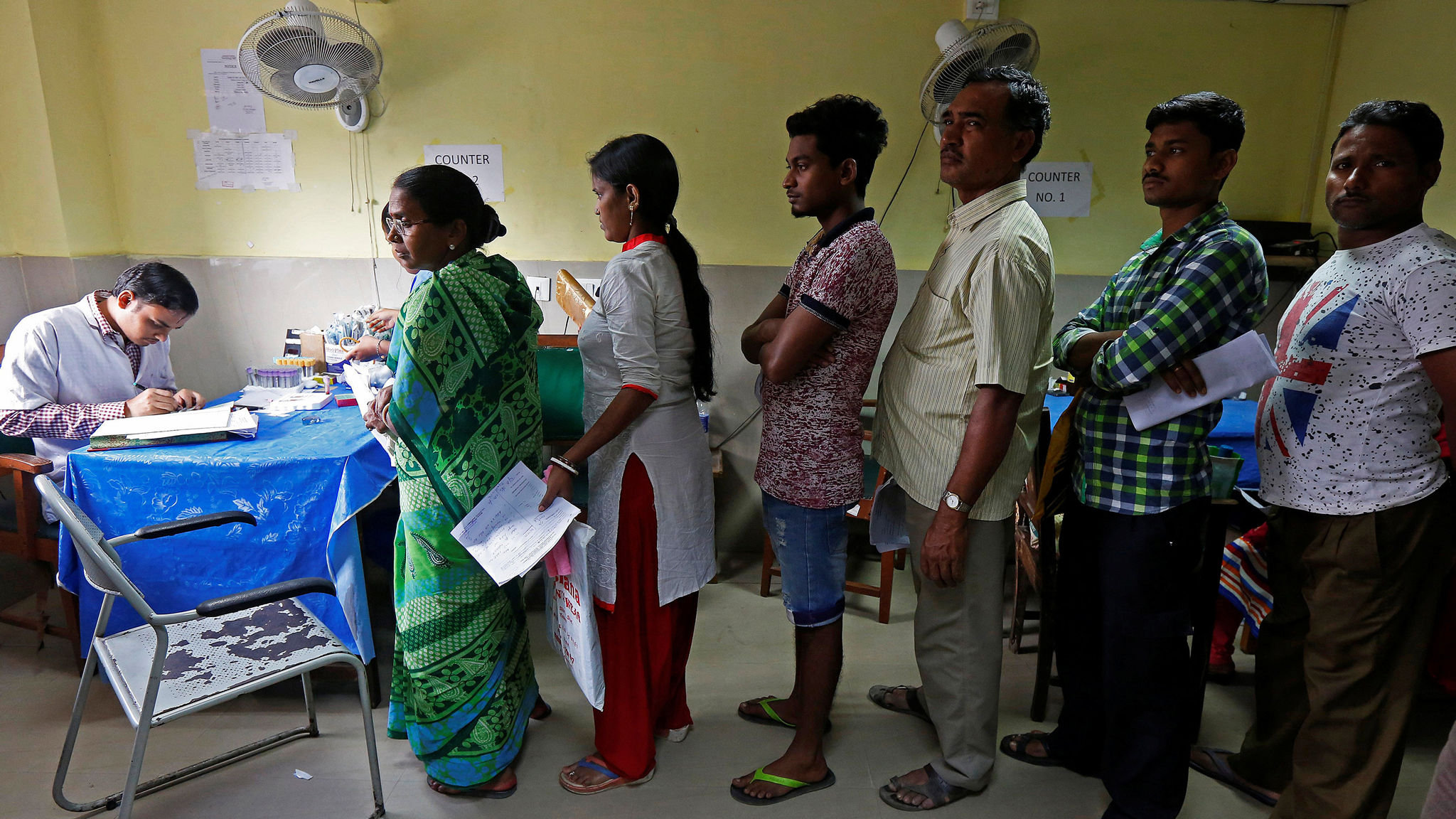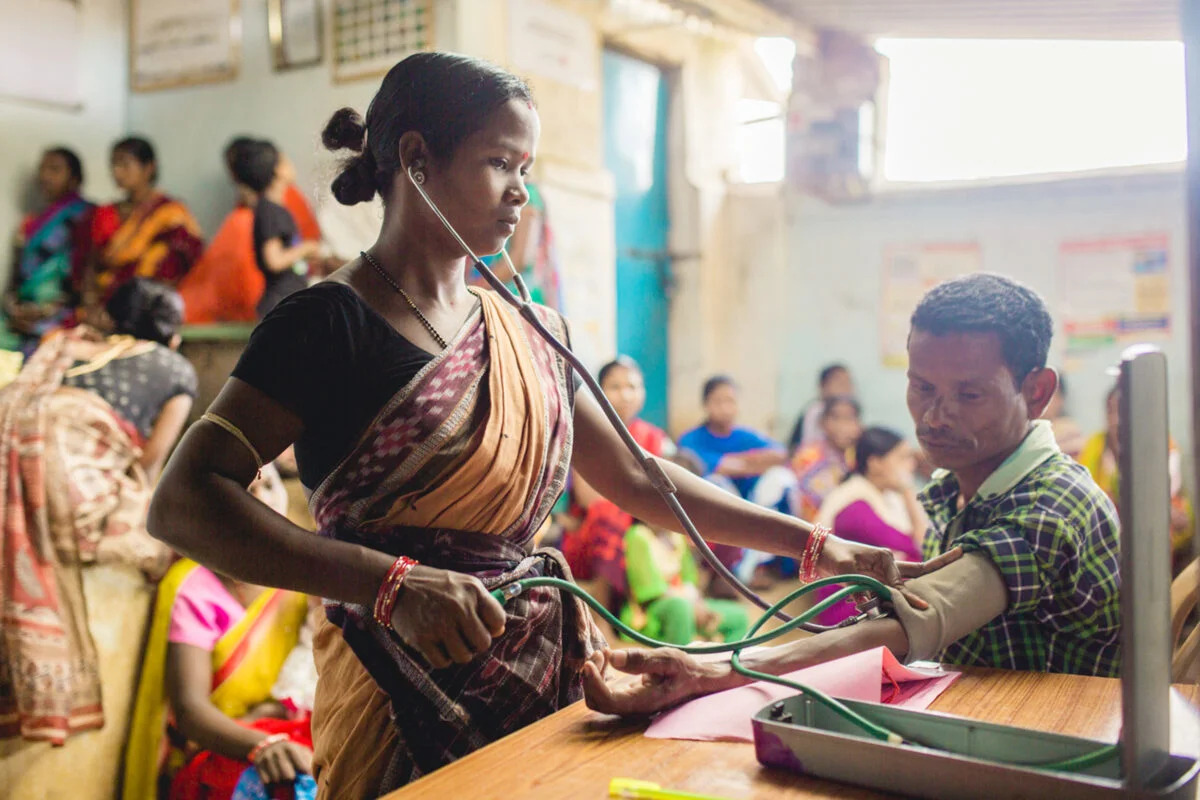Universal Health Coverage
By Dr Poonam Khetrapal Singh

On occasion of International Universal Health Coverage (UHC) Day, the WHO and its Member States in the South-East Asia Region are highlighting the urgent need for whole-of-government, whole-of-society action to reorient health systems towards quality, accessible, affordable and comprehensive primary health care (PHC), which provides the strongest, most efficient foundation to achieve UHC and health security.
Globally, at least half of all people do not receive health services they need. Over 996 million people spend at least 10% of their household income on health care. In 2017, around 299 million people in the Region faced catastrophic health spending, and an estimated 117 million people in the Region were pushed or further pushed below the purchasing power parity poverty line of US$ 1.90 a day.
Since 2014, the South-East Asia Region has sought to achieve UHC as a Flagship Priority, recognizing that UHC is central to improve population health and well-being and enhance human capital for sustainable social and economic growth. Between 2010 and 2019, the Region increased its UHC service coverage index from 47 to 61. Between 2000 and 2018, the Region reduced out-of-pocket (OOP) spending on health from 50% to 40%, and between 2000 and 2017, reduced the number of households impoverished or further impoverished from OOP spending from 30% to 6%. Since 2014, the density of doctors, nurses and midwives in the Region has improved by over 30%, with nine countries now above the first WHO threshold of 22.8 health workers per 10 000 population, compared with six in 2014.
 Five countries of the Region have already achieved the Sustainable Development Goal targets for under-five and neonatal mortality. Between 2000 and 2020, the Region achieved a 34% decline in TB incidence rates, and by the end of 2020, had met each of the Global Technical Strategy for Malaria milestones for mortality and morbidity. Since 2016, six countries of the Region have eliminated at least one neglected tropical disease, and all countries continue to strengthen PHC services to prevent, detect, control and treat non communicable diseases. This is in accordance with Region-wide efforts to reorient health systems towards quality, accessible, affordable and comprehensive PHC, as per the Region’s Strategy for PHC, launched on 12 December 2021, as well as its newly adopted Roadmap on Health Security and Health System Resilience for Emergencies 2023–2027.
Five countries of the Region have already achieved the Sustainable Development Goal targets for under-five and neonatal mortality. Between 2000 and 2020, the Region achieved a 34% decline in TB incidence rates, and by the end of 2020, had met each of the Global Technical Strategy for Malaria milestones for mortality and morbidity. Since 2016, six countries of the Region have eliminated at least one neglected tropical disease, and all countries continue to strengthen PHC services to prevent, detect, control and treat non communicable diseases. This is in accordance with Region-wide efforts to reorient health systems towards quality, accessible, affordable and comprehensive PHC, as per the Region’s Strategy for PHC, launched on 12 December 2021, as well as its newly adopted Roadmap on Health Security and Health System Resilience for Emergencies 2023–2027.
Gaps and challenges nevertheless persist and have been exacerbated by the COVID-19 crisis and other global events. Today, tens of millions more people in the Region have been pushed into extreme poverty, aggravating the social and economic determinants of health, and increasing the risk of catastrophic health spending and foregone care. In some programme areas, health service disruptions have halted and even reversed progress.
Intense macro-fiscal pressures mean that in the recovery from the COVID-19 crisis, there is no guarantee that health will be prioritized. Now more than ever, whole-of-government, whole-of-society action is needed to protect, promote and support health and well-being, recognizing that Health for All will only be achieved if together we are All for Health.
We have a once-in-a-century opportunity to build the Region and world we want – a Region and world that is healthier, more equitable, resilient, sustainable and health-secure.
For that, WHO is calling for action in several key areas. First, multispectral action to protect, promote and support health and well-being must be strengthened, and WHO’s health-in-all-policies approach adopted. Across all sectors, and in all settings, decision-makers must be sensitized and empowered to promote health and well-being and help mitigate its social and economic determinants.
Second, social participation must be mainstreamed within health system governance and decision-making. It is imperative that policy makers and health service providers directly engage with the people they serve, including through spaces and mechanisms that are participatory and inclusive, that minimize power asymmetries, and are oriented towards those who are at-risk of or already being left behind.
Third, legal frameworks must be developed and implemented to assist populations to enjoy the Right to Health through UHC. Evidence shows that well-designed legislation that protects and promotes population health increases social participation, and with it, accountability. It can also help ensure that whatever the fiscal outlook, health and well-being is allocated adequate, sustained and reliable public funds.
Fourth, amid the COVID-19 response and recovery, financing for health and well-being generally, and PHC specifically, must be maintained and increased. For this, among other evidence-based strategies, WHO is calling for increased taxation of unhealthy products such as tobacco, alcohol, highly processed food and sugar-sweetened beverages.
We have a once-in-a-century opportunity to build the Region and world we want – a Region and world that is healthier, more equitable, resilient, sustainable and health-secure. Towards that goal, WHO will continue to provide Member States its ongoing and unmitigated support, for a South-East Asia Region in which all people can access quality health services, when and where they need them, without financial hardship.
(The author is WHO Regional Director for South-East Asia)

